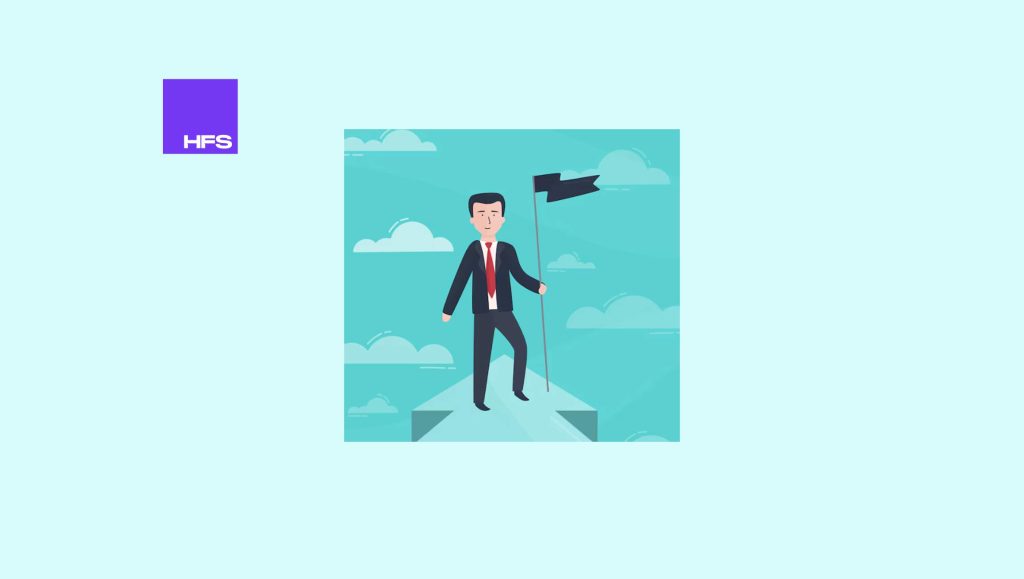Customer success has become a vital element for driving better customer lifecycles in B2B SaaS companies, customer success helping clients realize their objectives while promoting retention and expansion. As customer expectations continue to evolve and subscription-based models present unique challenges, strategies for customer success are growing more advanced.
Contemporary SaaS firms prioritize proactive involvement, analytics-based insights, and customized strategies to improve their customer success initiatives. This blog examines the present condition of customer success within the B2B SaaS environment, emphasizing recent trends, obstacles, and effective strategies while showcasing creative efforts from top SaaS companies.
Also Catch –
Episode 212: What Drives Better Customer Success Outcomes: Featuring Sam Mohamed, VP of Customer Success, Sprinklr
What is Customer Success in B2B SaaS?
Customer success is a forward-thinking approach designed to guarantee that customers obtain their intended results when utilizing a product or service. In contrast to conventional customer support, which responds to problems as they occur, customer success emphasizes building enduring relationships that enhance satisfaction and loyalty. By recognizing possible challenges in advance, customer success teams can provide prompt solutions, thereby decreasing churn and enhancing retention rates.
Moreover, satisfied customers tend to renew their subscriptions, enhance their plans, or buy related products, which directly boosts expansion revenue. In the B2B SaaS sector that relies on subscriptions, consistently providing value is vital for keeping customers satisfied and guaranteeing long-term value, thus making ongoing engagement a key aspect of customer success approaches.
How Customer Success Has Transformed in the SaaS Industry?
The idea of customer success has experienced a notable change, shifting from a reactive support system to a proactive, data-informed strategic role. Currently, customer success is not merely an afterthought; it has evolved into a crucial foundation of SaaS business models, affecting choices in sales, marketing, and product development.
As advanced analytics becomes more prevalent, SaaS companies utilize data-driven insights to track customer health, forecast churn risks, and discover upsell opportunities. This forward-thinking strategy enables companies to foresee and meet customer demands more efficiently. Additionally, customer success teams are crucial in influencing product roadmaps, making certain that features meet user needs and enhancing go-to-market strategies to provide ongoing value during the customer lifecycle.
Key Trends Redefining SaaS Customer Success Strategies
New trends and creative initiatives are transforming the way SaaS companies tackle customer success.
1. Customized experiences at scale:
Companies such as HubSpot leverage AI-powered tools to provide personalized interactions, making certain that every customer engagement is meaningful.
2. Automated success processes:
Platforms such as Gainsight and Totango facilitate lifecycle automation, providing instant alerts and smooth tracking of customer health.
3. Customer training initiatives:
Salesforce’s onboarding academies and certification courses enable users to enhance product utilization and acceptance.
4. Community development:
Slack promotes vibrant user communities, facilitating peer learning and enhancing engagement with its platform.
Read More: SalesTechStar Interview with Satish Shenoy, Regional VP of Technology Alliances at SS&C Blue Prism
Challenges in Implementing Customer Success Programs
Establishing customer success initiatives presents numerous challenges, particularly for expanding SaaS companies.
1. Data silos:
Disconnected customer data among various tools and departments results in a lack of insight into customer needs and behaviors.
2. Adapting with expansion:
Tailored approaches become more challenging to uphold as client numbers increase swiftly.
3. Absence of alignment:
Discrepancies among sales, customer success, and product teams result in uneven customer experiences.
4. Assessing ROI:
Showing the concrete effects of customer success efforts on revenue expansion is frequently challenging.
Best Practices for a Successful B2B Customer Success Strategy
To create a robust customer success program, SaaS teams should adopt the following best practices:
1. Align cross-functional teams:
Collaboration between sales, product, and customer success teams ensures consistent messaging and seamless customer experiences.
2. Adopt a customer-first mindset:
Prioritize the customer’s goals and challenges in every interaction to build trust and loyalty.
3. Monitor customer health:
Track key metrics like Net Promoter Score (NPS) and Customer Lifetime Value (CLV) to assess performance.
4. Focus on proactive engagement:
Regularly check in with customers to identify and resolve potential issues before they escalate.
5. Leverage automation:
Use tools like Totango to streamline workflows and scale success initiatives without compromising personalization.
Martech Solutions Powering Modern Customer Success Programs
Technology is crucial in providing efficient and scalable customer success solutions for SaaS companies.
1. Customer success solutions:
Platforms such as Gainsight and ChurnZero streamline workflows, offer insights, and monitor customer well-being instantly.
2. Customer Relationship Management (CRM):
Tools such as Salesforce and Zoho CRM consolidate customer information to enhance teamwork and interaction.
3. Product analytics:
Tools such as Mixpanel and Amplitude assist SaaS teams in analyzing user behavior and pinpointing opportunities for enhancement.
4. Knowledge bases:
Zendesk and HelpScout provide self-service assistance, empowering users and alleviating the burden on support teams.
Measuring the Impact of Customer Success in SaaS
Monitoring the appropriate metrics is crucial for evaluating the success of customer success efforts.
1. Net Promoter Score (NPS):
Assesses customer allegiance and identifies advocates who generate referrals.
2. Churn rate:
Monitors retention statistics, assisting teams in pinpointing areas for enhancement.
3. Customer Lifetime Value (CLV):
Evaluates the cumulative revenue produced by a customer throughout their engagement with the business.
4. Expansion revenue:
Monitors upselling and cross-selling prospects, highlighting the revenue influence of customer success initiatives.
Conclusion
Customer success has emerged as a crucial strategy for B2B SaaS firms, allowing them to cultivate better relationships, decrease churn, and promote sustained growth. As customer expectations change and advanced tools are embraced, SaaS companies are persistently revising their strategies for customer success.
Nonetheless, obstacles such as data silos and the need for scalable personalization demand creative solutions and a customer-centric approach. By bringing together cross-functional teams, utilizing technology, and monitoring essential metrics, SaaS companies can develop strong customer success initiatives that enhance customer value and promote sustainable growth. As the environment changes, being proactive and flexible will continue to be essential for success.
Read More: 6 Under-the-Radar Sales Technology Platforms That Are Revolutionizing the Sales Process





















